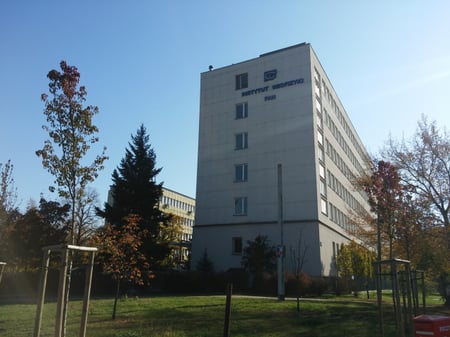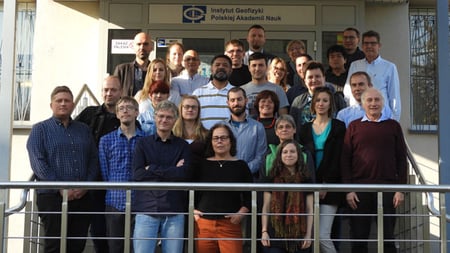If we use the numerical model, it has possibility that we can understand the control mechanism of phenomena of interest. The Arctic region is a complex field where the atmosphere-ocean-sea ice interactions exist. Numerical model helps us to understand what process is important. This is the one of the advantage of using the numerical model. As a matter of course, the model needs to reproduce the reality well. Also, the model has characteristics, called bias. For example, if we use a model where the ground surface temperature tends to be higher than the reality, the amount of snow will be less in simulation. Even if this simulated result corresponds well with realistic, this result is not good. Recognizing the characteristics of the model and confirming that the model successfully captures the reality is the first step in model research. However, in the Arctic region, it is difficult to obtain the local data and then these evaluations are not easy. It shows the difficulty of investigating the Arctic from the viewpoint of numerical model.
In recent years, a research group including Northern Europe is vigorously evaluating the models in each group. In this Polar inter-model comparison project (Polar CORDEX), we take up observations that were actually carried out in the Arctic region as targets of simulation and also try to evaluate not only the characteristics of each model but also common problems. The conference held in Warsaw, Poland from 17th to 19th October 2018, attracted more participants than last year, and dealt with not only the Arctic research but also the Antarctic research. Though participants from Japan were only the author, the meeting itself showed great excitement. The problem of the numerical model discussed in this meeting showed the necessity of more observations.
Numerical model NICOCO which we are developing and operating on theme 5 makes a large progress by collaboration with such model research group and comparison with observational data. We are also trying to simulate the case in 2012 when the large area of sea ice is melted in a few days associated with strong low pressure. How does the atmosphere respond to the loss of sea ice? We would like to bring the breakthrough to Arctic research from the viewpoint of numerical model.
Hiroyasu Kubokawa (The University of Tokyo, a member of therme 5)

Venue (the Institute of Geophysics Polish Academy of Sciences (IG PAS) in Warsaw, Poland)





